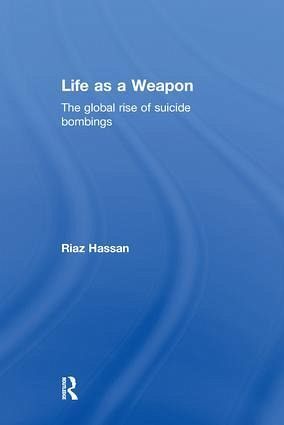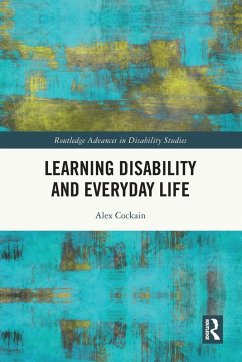
Life as a Weapon
The Global Rise of Suicide Bombings
Versandkostenfrei!
Versandfertig in 1-2 Wochen
69,99 €
inkl. MwSt.
Weitere Ausgaben:

PAYBACK Punkte
35 °P sammeln!
Suicide bombing has become a weapon of choice among terrorist groups because of its lethality and ability to cause mayhem and fear. But who carries out these acts, and what motivates them? By undertaking analysis of the information in the most comprehensive suicide terrorism database in the world, Life as a Weapon seeks to question and in turn undermine the common perception that the psychopathology of suicide bombers and their religious beliefs are the principal causes. Instead, the book presents a cocktail of motivations that drive suicide bombers, and explains how their actions achieve mult...
Suicide bombing has become a weapon of choice among terrorist groups because of its lethality and ability to cause mayhem and fear. But who carries out these acts, and what motivates them? By undertaking analysis of the information in the most comprehensive suicide terrorism database in the world, Life as a Weapon seeks to question and in turn undermine the common perception that the psychopathology of suicide bombers and their religious beliefs are the principal causes. Instead, the book presents a cocktail of motivations that drive suicide bombers, and explains how their actions achieve multiple purposes - community approval, political success, liberation of the homeland, personal redemption or honour, refusal to accept subjugation, revenge, anxiety, defiance. Since the configuration of these driving factors is also specifically related to the circumstances of political conflict in each different country, it is only through gaining understanding and knowledge of these conditions that appropriate policies and responses can be developed that will protect the public and counter the scourge of suicide bombings. Life as a Weapon is a pivotal text in the discussion surrounding suicide bombings, and as such it is of relevance to undergraduate students, postgraduates, and researchers working in areas such as Security Studies, Middle Eastern Studies, Terrorism, Criminology and Political Science.














